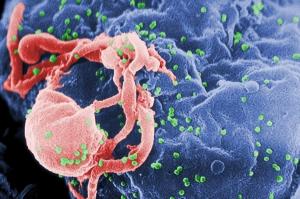12 methods of separating mixtures
Mixture separation methods are physical techniques used to separate the components of a mixture. A mixture can be homogeneous, when its components are not visible to the naked eye, or heterogeneous, when the differences between its components are evident.
The importance of these methods is that they allow us to obtain pure substances from their mixtures, without altering their chemical structure. For example, to obtain sea salt, evaporation is used to remove water from the mixture.
|
Method of separation |
Definition |
Kind of mix |
Example |
|---|---|---|---|
| Filtration | Component separation solids from a liquid mixture |
Heterogeneous | Filtering ground coffee from coffee |
| Sifting | Particle size separation through a sieve | Heterogeneous | Sifting the flour for desserts |
| Sedimentation | Deposition of suspended particles in a mixture by the action of gravity | Heterogeneous | Waste water treatment |
| Decantation | Transfer a liquid from a recipient to another |
Heterogeneous | Separation of sediments from wine |
| Distillation | Component separation with different boiling points |
Homogeneous | Distillation of water to remove impurities |
| Evaporation | Solvent removal of a mixture |
Homogeneous | Obtaining organic extracts dissolved in alcohol |
| Magnetization | Component separation by its magnetic property |
Heterogeneous | Obtaining iron filings in a mixture with sand |
| Chromatography | Separation of components by their affinity to a mobile phase and a fixed phase | Homogeneous Heterogeneous |
Separation of plant pigments on a paper |
| Centrifugation | Separation based on centrifugal force | Heterogeneous | Separation of red blood cells from blood plasma |
| Crystallization | Promote crystal formation | Homogeneous | Formation of sugar crystals from a water-sugar mixture |
| Electrophoresis | Separation based on difference in electrical charge | Homogeneous | Protein separation |
| Sublimation | Pass a solid to a gas without going through a liquid | Heterogeneous | Sand iodine separation |
1. Filtration
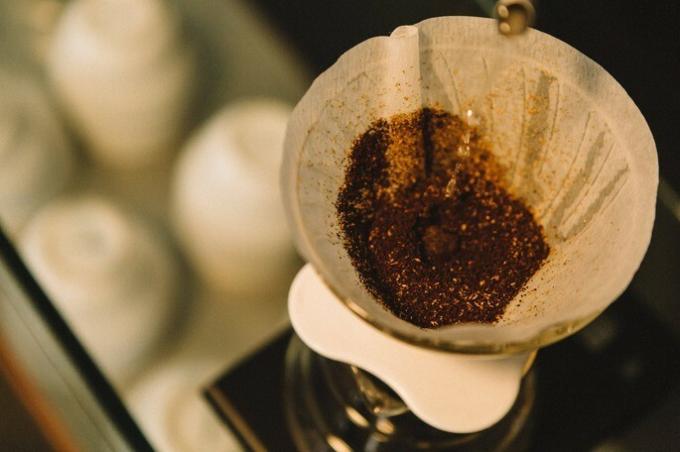
Filtration consists of passing a heterogeneous liquid-solid mixture through a material that retains the solid and allows the liquid to pass through. For example, we use a filter to separate the mixture of ground coffee and liquid coffee.
Filters can be made of different materials, the main characteristic of which is that they must be porous. For example, a mixture of coagulated milk is passed through a fine cloth, separating the whey from the milk solid, which is how cheese is made.
2. Sifting

Sieving is the method of separating mixtures with solid components of different sizes, which pass through a strainer or sieve.
Sifting is used to remove lumps of flour and use the finest flour for baking. It is also used in construction, separating the fine sand from the pebbles.
3. Sedimentation
Sedimentation is the method that separates the solid components of a liquid mixture by the effect of gravity.
This method is used in sewage or sewage treatment plants, allowing solid waste to settle, that is, to fall to the bottom.
4. Decantation
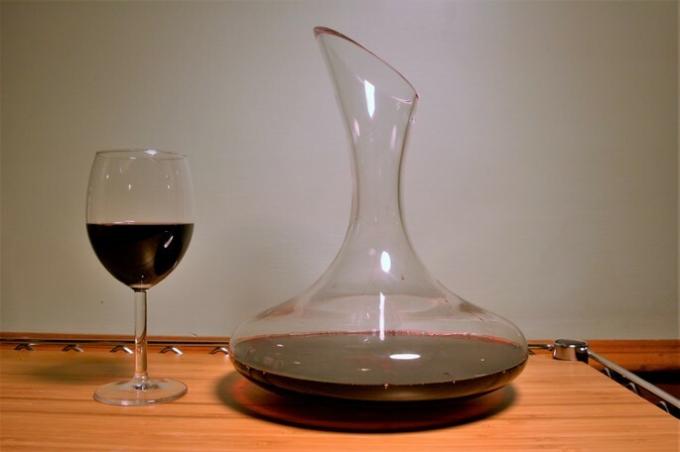
This method consists of transferring a liquid from one container to another. It is applied to separate heterogeneous solid-liquid mixtures, such as water and sand, or liquid-liquid that do not mix with each other, such as water and oil or water and gasoline.
In the chemistry laboratory a separatory funnel is used, which facilitates the separation of liquids, because it has a stopcock at the bottom.
For example, decanting is used to separate red wine from sediments that settle to the bottom of the bottle.
5. Distillation
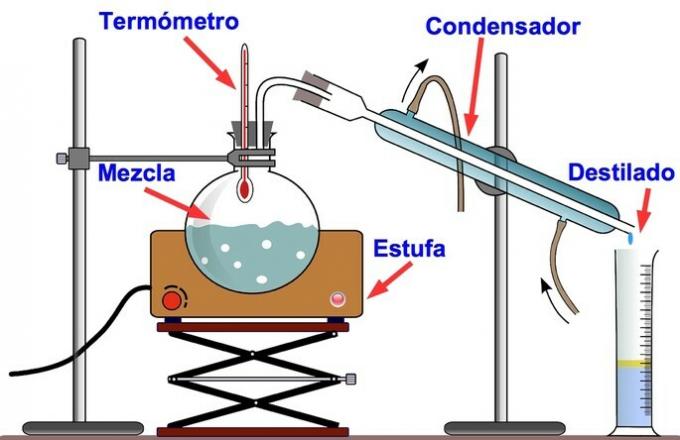
Distillation is the process that separates the components of a liquid mixture, based on the difference in the temperature that each one passes to the gaseous state. The equipment for distillation allows to obtain the gas again in liquid state, by means of condensers.
For example, water boils at 100ºC while alcohol boils at 78.37ºC. When a mixture of alcohol and water is heated above 78 ° C, the alcohol turns into a gas and rises, passing the condenser and finally dripping into a collecting container.
Distilleries are factories where large-scale distillations are made, usually to concentrate the alcohol level of fermented fruit, to produce liqueurs, spirits, rums, among others. Formerly, this process was carried out in copper stills.
Gasoline and other petroleum derivatives are obtained through fractional distillation. This process is carried out in oil refineries.
6. Evaporation

Evaporation is a physical separation method that is based on evaporating the liquid where the substances are dissolved. It is used mainly in chemistry, when organic substances are extracted by means of solvents such as acetone, ethanol or hexane. These are liquids with low boiling points, so they evaporate at low temperatures.
7. Magnetization

Magnetization is the method of separating heterogeneous mixtures that is based on trapping components that are attracted by a magnet.
Some laboratories have designed proteins attached to magnetic particles, which can be used to separate them using magnets.
8. Chromatography
Chromatography is a method of separating homogeneous or heterogeneous mixtures. It is based on the difference in speed of a substance between two phases: a mobile phase and a fixed phase. The mobile phase moves dragging the different components of the mixture, which separate as they collide with the fixed phase.
The fixed phase can be solid like paper, a gel like agar, or a liquid like acetonitrile. The mobile phase can be liquid or gaseous. Depending on this, we have thin layer chromatography, liquid chromatography and gas chromatography.
9. Centrifugation

Centrifugation is a method of separating heterogeneous liquid mixtures based on centrifugal force. This force originates when a body rotates and tends to move away from the axis of rotation. In this way the densest components of a mixture of the less dense are separated. For example, blood cells are separated from plasma using centrifugation.
Centrifuges are devices that rotate at high speed, where the samples to be separated are placed. They are widely used in clinical and research laboratories.
10. Crystallization
Crystallization is a method of separating homogeneous mixtures of a solid with a liquid. It consists of promoting the formation of crystals with ordered structures. This can be accomplished in a number of ways: by cooling a solution, evaporating the solvent, or adding a different solvent.
Crystallization is observed when a salt solution is saturated in boiling water and then allowed to cool.
11. Electrophoresis
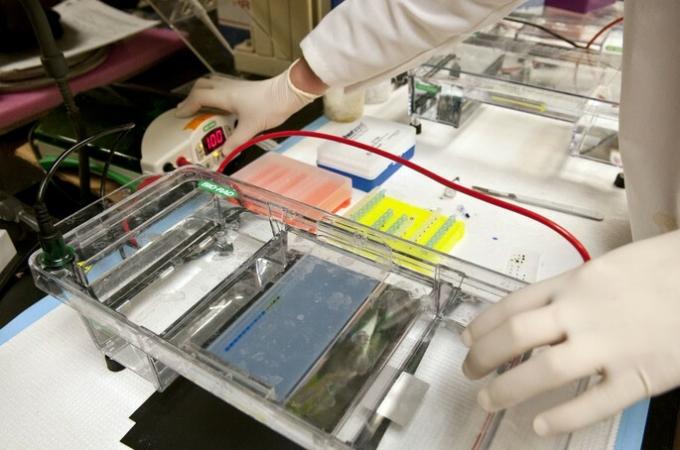
Electrophoresis is the separation technique based on the electrical charge of the substances present in a mixture. It consists of placing the mixture and passing an electric current, in such a way that the charged substances positive move toward the negative pole, while negatively charged substances move toward the pole positive.
This technique is essential in the analysis of biological samples and is used to separate proteins and nucleic acids, among other compounds. For example, lipoproteins from blood plasma can be separated by electrophoresis, then their cholesterol content is measured and the risk of cardiovascular disease assessed.
12. Sublimation
Sublimation is the passage from a solid to a gas without going through the liquid state. Sublimation is used to separate mixtures of organic compounds, where some of the compounds can sublimate.
For example, in a mixture of sand and iodine, the iodine can be separated by heating it. This goes up to the gaseous state and when it passes through a cold surface it solidifies again.
See also:
- Homogeneous and heterogeneous mixtures
- Examples of homogeneous mixtures
- Elements, compounds and mixtures

